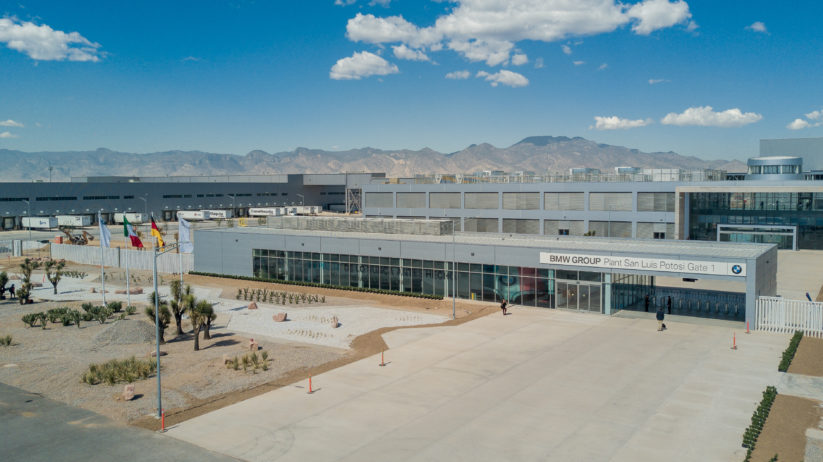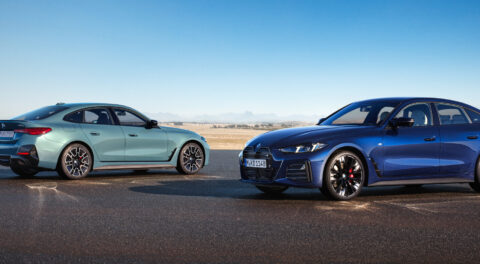News of BMW first seriously considering the idea of a new manufacturing facility in Latin America came about in 2011. It wasn’t until 2014 that official plans were announced, with a $1,000,000,000 investment in the form of a new facility publicized as being able to take advantage of what was imagined to be tariff-free access to the U.S. market, one of the automaker’s largest on a national and continental scale.
Now, roughly five years after the strategic initiative first came to light, BMW Group Plant San Luis Potosi has opened in north-central Mexico, and is the newest of the global automaker’s manufacturing presence which is comprised of 31 facilities, in fourteen countries, on four continents. BMW held true to its initial promise of a $1,000,000,000 investment, and it has resulted in a world-class facility that has total annual production capacity of 175,000 units. The site will be powered by 100% carbon dioxide-free electricity, and already employs a staff of 2,500 personnel that is sure to grow as time goes on, and production ramps up.
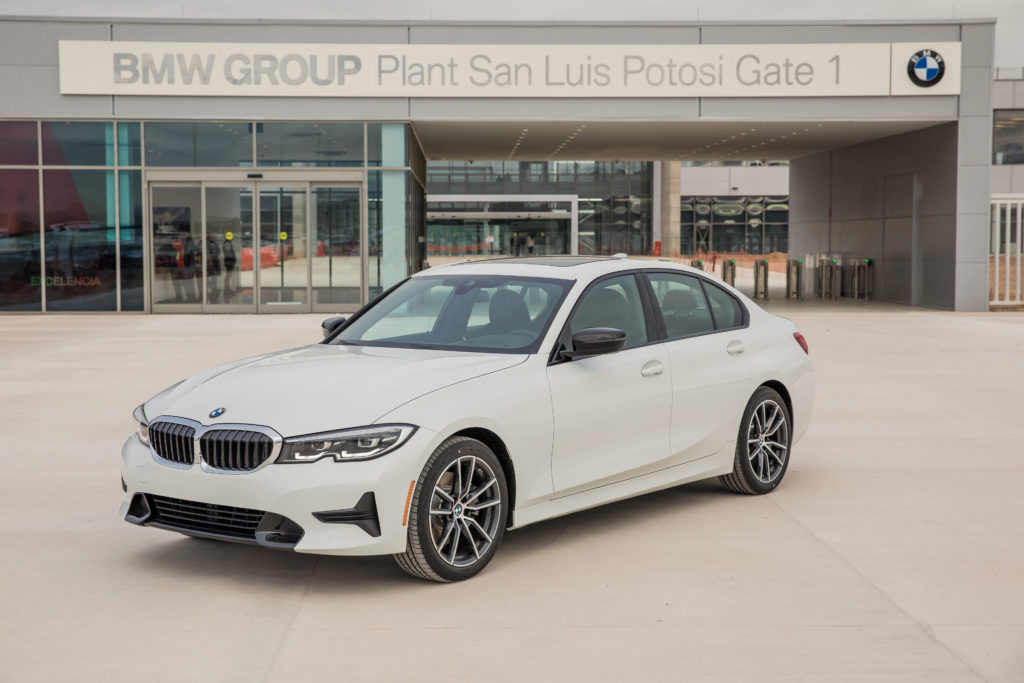
If you’re curious about what specific BMW model will be built at the new facility, one doesn’t have to look much further than fellow German automaker Volkswagen. Since it’s first generation, the Mk1, VW’s Puebla, Mexico facility has been producing the mainstay Jetta sedan, primarily for the U.S. market. The site now also produces the Tiguan, and for decades turned out thousands of the original Beetle, but its primary focus remains the economical Jetta.
The 3 Series remains one of the most important models within the BMW portfolio, and San Luis Potosi will focus exclusively on producing the venerable sedan, beginning with the current seventh generation, or G20. The first Three already rolled off the production line late last year according to BMW Blog, and the newest Mexican plant joins 3 Series production sites in Munich, Germany and Shenyang, China.
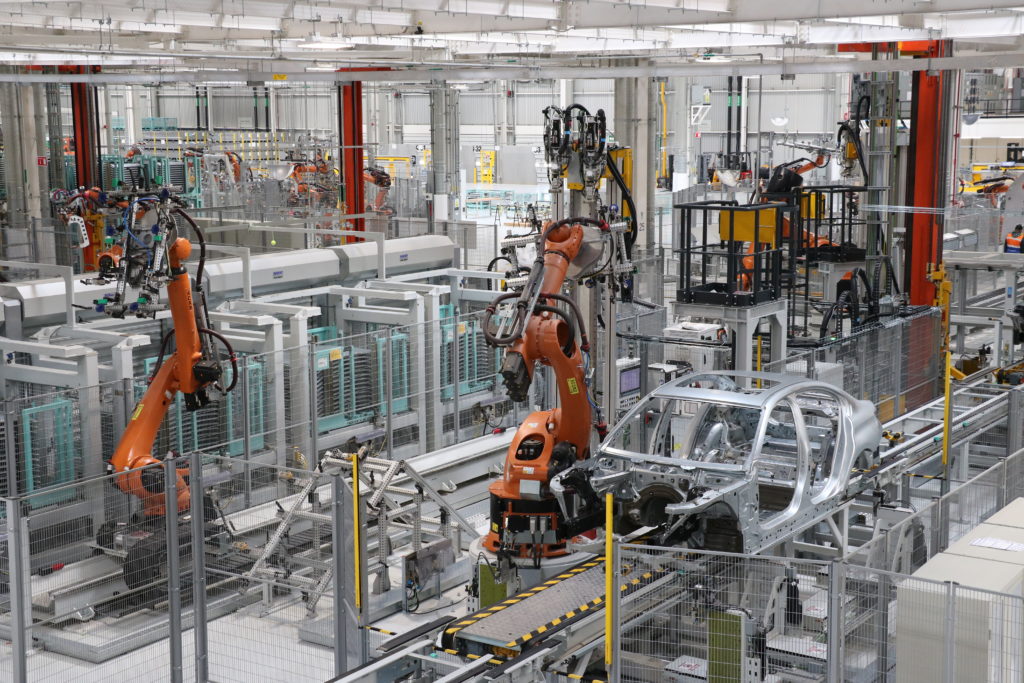
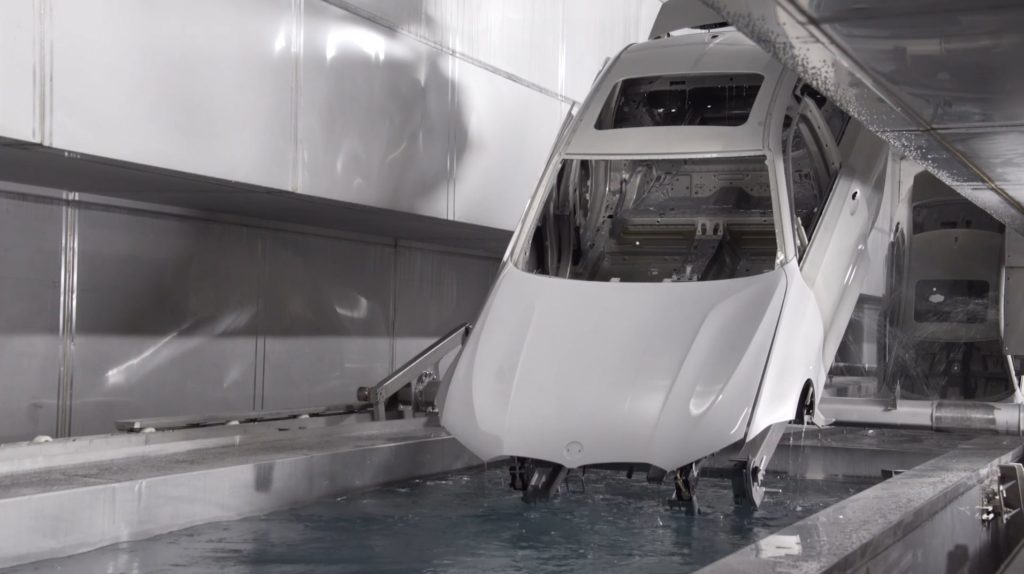
Construction of BMW Group Plant San Luis Potosi began in 2016, and was officially brought to completion this year, on June 6. Although the initial allocations of 3 Series produced at the facility were limited to a few different colors, and were not available with specific packages like M Sport or luxury, the full scope of variation within the production process seems to have been realized since. The local supplier network is also a strong one, with 220 Mexican firms participating, and at least one part in every BMW Group vehicle, from MINI to Motorrad, originating from it. During 2018, BMW Group purchasing volume in Mexico totaled $2,500,000,000.
Beyond the factory’s focus on sustainability, which includes an on-site solar energy plant that covers more than 750,000 square feet, it also champions flexibility and adaptability. In addition to the use of the latest industry 4.0 technology and standards, 3D scanning and smart devices for humans, who work hand in hand with robots, make the plant plant cutting edge, just like any other BMW factory.
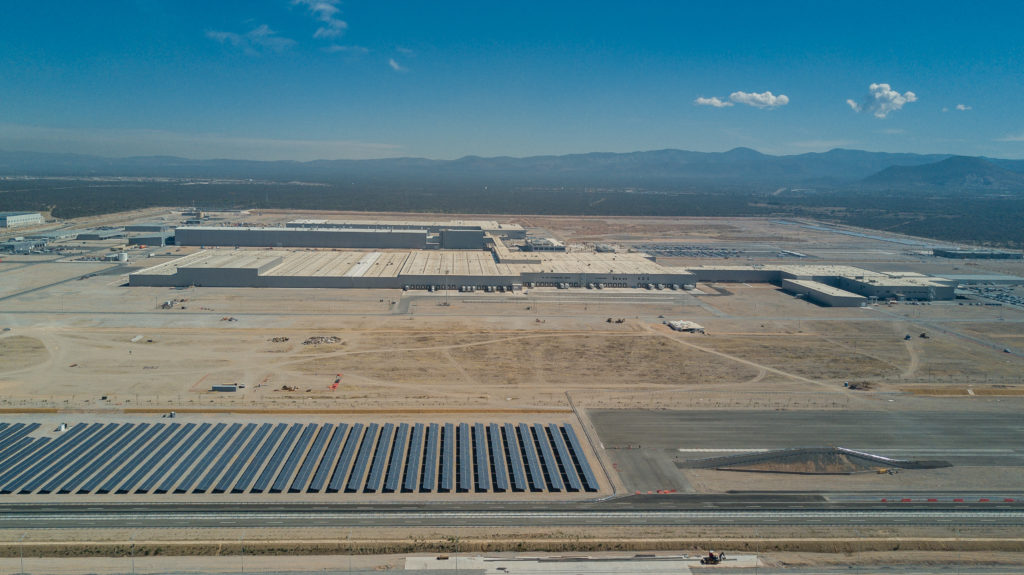
As German influence is rich within Mexico, so is BMW’s history and presence. Up until 2003, a plant operated by BMW de Mexico in Lerma, Toluca built the 3 Series and 5 Series, while another site in the same region continues to produce motorcycles for BMW Motorrad. The joint venture of BMW de Mexico began in 1994, which means 2019 marks the 25th year of collaboration.
As of this writing, the new plant can supply the neighboring U.S. market, one of BMW’s single largest and most important, with one of its most popular models, while realizing the advantages of a short physical chain and NAFTA free-trade cooperation between the U.S., Mexico, and Canada. Last year, BMW Group sales totaled 25,090 in Mexico, thanks to 18,501 BMW and 6,589 MINI vehicles, growth of 13% over the previous year. Compare that with U.S. BMW deliveries, which amounted to 354,698 during the same period.
Construction of BMW Group Plant San Luis Potosi has occurred in tandem with further investments in Plant Spartanburg in South Carolina, which is in the midst of growing to produce as many as 450,000 units per year with a staff of as many as 11,000. BMW increased production at Spartanburg ahead of tariffs on Chinese products increasing last month, and is also considering building an engine manufacturing facility in the U.S. as a currency hedge.—Alex Tock
[Photos courtesy BMW AG.]

